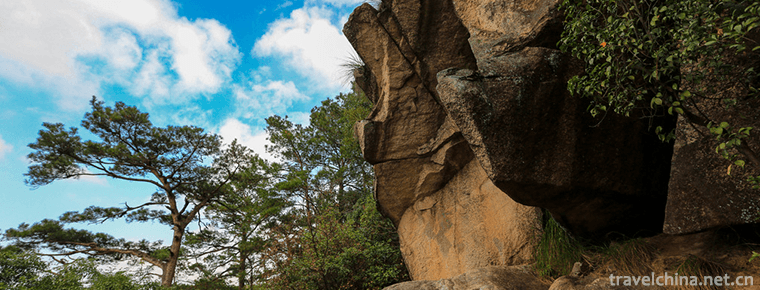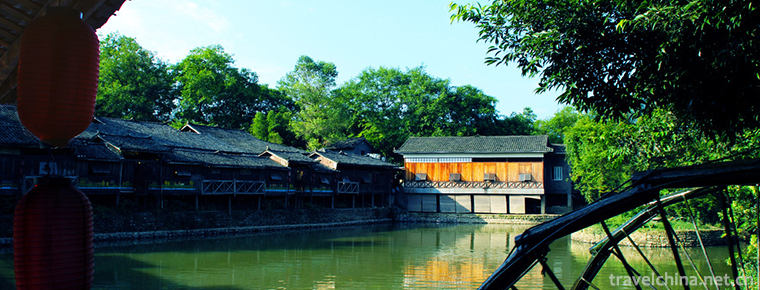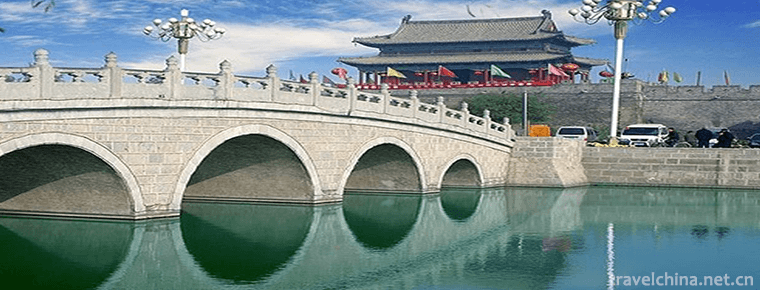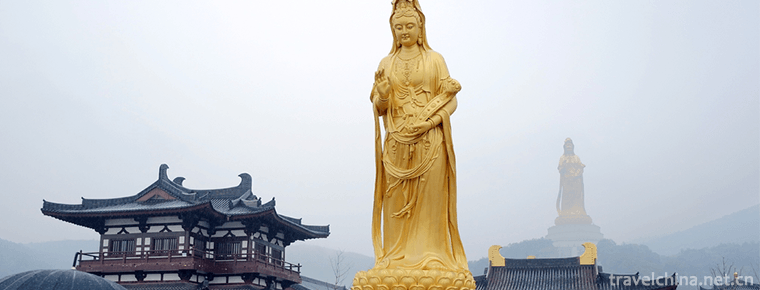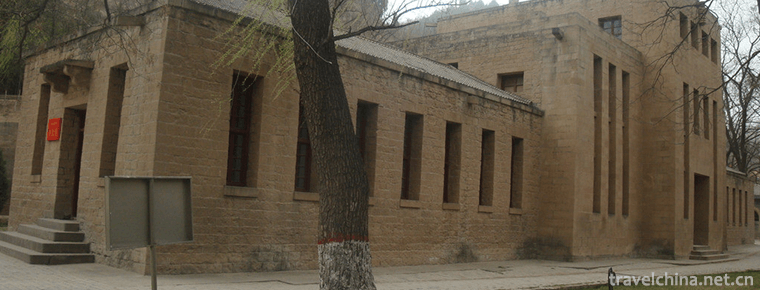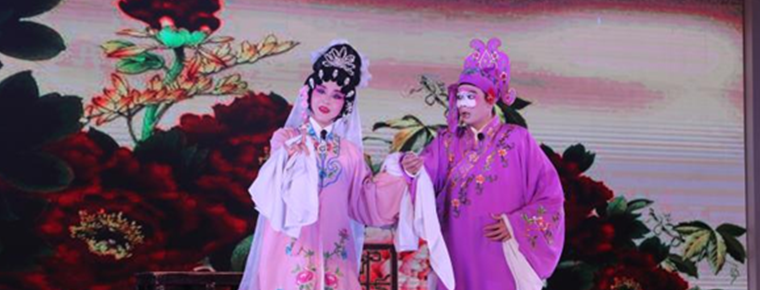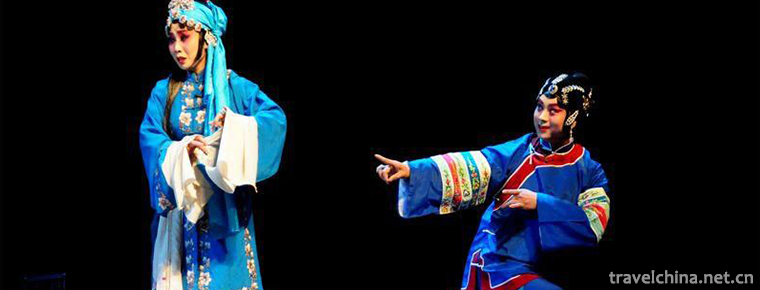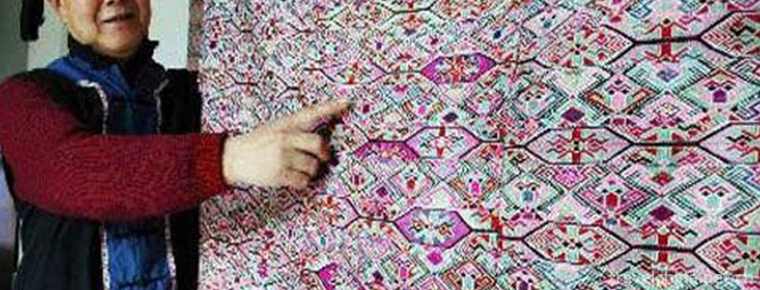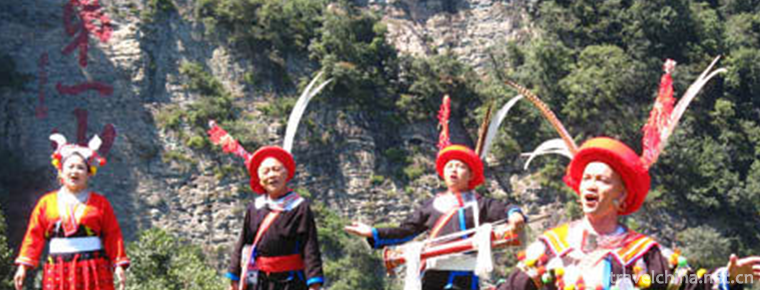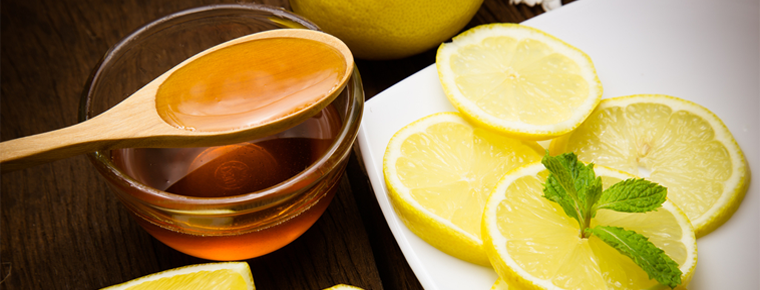Soviet Opera
Soviet Opera
Suzhou Opera, a local traditional drama in Suzhou City, Jiangsu Province, is one of the national intangible cultural heritage.
Su Opera is a combination of Huagu Tanhuang, Nanci and Kunqu Opera. It is popular in the urban and rural areas of southern Jiangsu and Northern Zhejiang. Its predecessor, Sutan, was originally called Bainan Ci, commonly known as "Dashantou", which is a form of folk art surrounded by solo singing. In 1912, there was a simple disguised performance form for Bainan Ci. In 1941, Zhu Guoliang founded a new Soviet opera troupe with national style in Shanghai. He tried to develop Bainan Ci into an independent Soviet opera with operatic vocal tune, and let the Soviet opera and Kunqu opera perform together. After the founding of the People's Republic of China, Soviet Opera grew up healthily. Because of the influence of Kun Opera, the musical style of Su Opera is graceful and beautiful, delicate and moving, with strong Jiangnan flavor.
On May 20, 2006, the Soviet Opera was approved by the State Council of the People's Republic of China to be included in the first batch of national intangible cultural heritage lists, with the heritage number IV-55.
historical origin
origin
The predecessor of Su opera is Sutan (stall), which is a combination of Nanci, Huagutan spring and Kunqu opera.
The tune of Nanci was originally related to the influx of northern strings into the south of the Yangtze River, and was formed in the Wanli period of the Ming Dynasty at the latest. Shen Chongsui's Notes to Duqu in Wanli once said, "To the north of the Ci Dynasty, Loudong has always been a prosperous place." Younian singers punish you very much. Competition to change strings, a temporary change of atmosphere, far-reaching crowds of voices and harmony, Gai Wuzhong's "string rope" from now on with the Southern Ci (according to the guideline) and promote prosperity. This "Wuzhong New Musical String" was divided into Tanci and Nanci around Kangxi in Qing Dynasty. In the poem "Singing Southern Ci" written by Jiang Shiquan during the Qianlong reign, "Three strings conceal the Pinghu tune and sing the stall and the summary first" refers to this. In the early Qing Dynasty, there were more than 20 traditional operas such as "Lulin", "Dawang Zhaojun", "Xiaowang Zhaojun", "Sifan" and so on, which were published in "Nashuzhao Opera Publishing" in the fifty-seventh year of Qianlong and "New Music of Taigu Chuanzong Xiangsuo Opera" in the preface of Kangxi 61 (1722) as well as "Lulin", "Dawang Zhaojun", "Xiaowang Zhaojun" and "Sifan".
By the Qianlong reign of the Qing Dynasty, Southern Ci had become popular in Jiangsu and Zhejiang provinces, and spread to Fujian, Anhui, Jiangxi, Hunan, Hubei, Sichuan, Guizhou provinces and Beijing. The string tune is one of the main tunes in the beginning of Nanci. In the early and late Qianlong period, it gradually absorbed, melted and created some tunes similar to those of the string tune, such as the Feiga tune and the charming tune. In addition, is the most perfect and widely used basic tune in Southern Ci. It not only has the change of "adagio", "Qian-Shaanxi board" and "scattered board", but also has different color lines. The origin of "Taiping Tune" is related to the "Taiping Tune" mentioned in Wang Jide's Melody and Fan Lian's "Yunjian Yimu Banknote".
Tan spring, also known as Huagu Tan spring, has formed the form of "Xiao opera" as early as the Ming and Wanli years, so it is also known as "Huagu Xiao opera". Earlier written records were found in the Constitution of Gao Panlong, Wuxi, during the Wanli period: "Flowers and drums are used for prostitution, but it is true to teach prostitution." At the latest in the reign of Kangxi and Yongzheng in the Qing Dynasty, flower drum and beach spring were prevalent in the countryside of Jiangsu and Zhejiang provinces. In June, 26, when Kangxi was founded at Guangji Bridge, outside Yanmen, Suzhou, it was recorded that "Yanghua" (i.e. "Yangzhou flower drum") was "blowing and singing on the street" in the monument of "Two Counties of Wuxian, Changzhou". 》 "Growing Barley", "Milling Tofu", "Danghu Boat" and so on. According to the Qing Dynasty "Daoguang Bingjing Zhi Manuscript" Volume 1: Taicang "since Yongzheng, Huxing Baobao, nest Sunday Baochang. Side-by-side tea shops, Yanjiang Lake men and women singing lewd lyrics, so-called singing springs; or even set up in a nearby remote place, singing about men and women's private affairs, known as the flower drum opera. The melody of Huagu Tanhuang mainly absorbs various folk songs, ditties and tunes in the adjacent areas of Jiangsu, Zhejiang and Anhui.
Southern Ci and Huagutan Spring merged, mostly during the reign of Qianlong in Qing Dynasty. In Volume 8 of the book "Continuation of Nei Shirts" written in the late Qianlong period (1795), there are two "Spring Tunes of Southern Ci".
The combination of Kunqu Opera and Nanci was first shown in the transplantation of Kunqu Opera and the concurrent performance of Xiangsuo tune time drama. Then Nanci also adapted Kunqu Opera repertoire into a representative style of opera, singing in the southern tune of Ci Opera. It can be seen at the earliest time in Jiaqing Ninth Year (1804), "Baixue Yiyin" Volume 4 of the Southern Ci "Drunken Return" and "Monopoly" two folds. At the beginning of Xianfeng, the adaptation of Kunqu Opera by literati Ci-poets was a great trend of Southern Ci. The structure is basically unchanged, the dialogue is basically the same, and the lyrics are changed from long and short sentences to seven-character sentences (or the original words are used in general). Its purpose is to popularize the profound lyrics of Kunqu Opera as far as possible. Some Kunqu opera cards are also incorporated in the singing, such as Qutou, , , , , , , and so on. When singing, five to seven people sat around one seat, assigned various roles, and accompanied. This Southern Ci is known as "Qian Tao" (it is said that the initiator was Qian Mingshu from Suzhou), also known as "Quan Tao" (because the whole opera is sung by him). At that time, there were only "Qing guest series" (amateur singing) in the whole beach. There were general situations in the abbot of Yuanmiaoguan, Suzhou, and branches in the southeast and northwest of the city.
During the same year, there appeared a hall name of half Kun Bantan in Suzhou (i.e. plain clothes singing opera). There were famous hall classes of half Kun Tan in Fuqing Lu, Nanyang, on Shantang Street outside Yanmen. During the Guangxu period, the Half Kuntan Hall was popular in the city of Suzhou. Every wedding and birthday celebration, the host invited it to sing. The difference between Bankuntan and Quantan is that when singing Quantan, Kunqu Opera is used in the opening part, while Nanci is still used in the middle, and Kunqu Opera is used in the final part and ending part. When the Half Kuntan Hall sings, it takes the whole beach opera as the main opera, and then sings some transplanted, imitation of self-flower drum, beach spring or other operas with ugly feet as the main joke. Because of its slippery oil chamber, it is called "oil beach" and "back beach" because it is arranged after the main play. At the same time, the whole beach is also called "front beach".
formation
At the beginning of Guangxu period, Southern Ci developed to professionalism. All the artists were male and took part in the hall meeting. Its guild hall was named "Qingyun Gathering", which was located at Dongcang Bridge Fence in Suzhou City. The mid-Guangxu period was renamed "Xianqing Collection". Its insightful people, such as Jiang Yinsheng, Mo Weiling, Zhang Helou, Du Xianglin and so on, went to teahouses and bookstores in southern Jiangsu and around Hangzhou, Jiahu. Xuantong three years (1911), also renamed "Kaizhi Society", relocated to Qiaosikong Lane in the city, and then set up branches in the southeast, northwest of the city.
During this period, about five or six years (1879, 1880) of Guangxu, Bainan Ci began to spread from Wang Lisheng, a Suzhou businessman, and Wang Heshan to Shanghai, gradually forming two schools of "Sudao" and "Haidao". Around 10 years after Guangxu, Wang Li's disciple Lin Buqing (singing Houtan, Gongugou) was the first Lin Jia class in Shanghai, followed by Zhang Xiaobing (singing Qiantan, Gonglao Sheng) and Zhu Jufeng (singing Qiantan, Gongdamian), which collectively called Shanghai "Three Triple Arms of Southern Ci". At the end of Guangxu, the artists of Suzhou Southern Ci artists in Shanghai artificially distinguished the beach spring of Shanghai and other places, and jointly called the front beach and the back beach of Suzhou Southern Ci as "Sutan" (the local name of Suzhou gradually changed to "Sutan" after the 1911 Revolution).
Development
In the ninth year of the Republic of China (1920), the first man-made Southern Ci "Qingluban" appeared outside Yanmen, Suzhou, and still mainly sang in the hall. In the sixteenth year of the Republic of China, the old people of Qingluban, such as Lang Jinfu, Yang Dekang and Xu Peiqing, were taken as the backbone, and then the whole man made-up Southern Ci "Kaitong Society" was reorganized to sing the tradition in the evening garden of Wufu Road outside Yanmen (No. 24 Liuyuan Road today), and the special performance of make-up Southern Ci was performed regularly. The next year, more than ten men and women, such as Xue Haoru, a Taoist artist from Su Dynasty, first evolved the whole drama of Nanci "Dazhongfu", "15th Guan", "Yulian" and "Songjiang Downtown Yard" in the entertainment arena of Shanghai Daxin Company. In the eighteenth year of the Republic of China, Xu Peiqing, an old member of Kaitong News Agency, joined Hu Zhuqin, Yin Rongtang, Xu Xiaoxiang, Zhou Xiaozhou, Shen Jingen, Sun Xiaoyu and Chen Ansun in the Suiyuan Small World Casino in Jinmen Inner Jingde Road, Suzhou, and another group of men's "Yantai Autumn Class" in make-up, while Xiaoyun Tea Club at the Great World and Shijiaotou intersection performed men's and women's make-up Nan Ci in Suzhou. In April of the same year, Zhu Guoke and Zhang Fengyun founded the Guofeng Society in Shanghai. The next year, they began to evolve the whole Nanci opera Huakui Ji. By the 1930s, Sutan had finally formed a new type of opera through the transition of Nanci.
During the War of Resistance Against Japan, Soviet Opera was in a difficult position. In July of the 30 years of the Republic of China, Guofeng Society and Zhengfeng Society presided over by Hua He Sheng merged into "Guofeng Soviet Opera Troupe" and persisted in touring performances in Suzhou, Hangzhou, Jiahu and other places for a long time, which played a connecting role in the development of Soviet Opera.
After the founding of the People's Republic of China, Soviet Opera gained new life. In March 1951, Wu Lanying raised funds in Shanghai and organized Minfeng Soviet Opera Troupe with Sutan artists Zhu Xiaofeng, Li Danweng, Hua He Sheng, etc. At the beginning of 1952, Qingfeng Soviet Opera Troupe was established, all of which were private. In October 1953, Minfeng moved to Suzhou, under the leadership of the Suzhou Federation of Literature and Art Circles, a private public-funded theater troupe. In 1954, Qingfeng also moved to Suzhou. The following spring, Qingfeng merged with Minfeng. In autumn, Qingfeng separated (collective transfer in 1985). In 1954, the Minfeng Troupe and the Guofeng Troupe of Hangzhou, Zhejiang, jointly rehearsed "Drunken Return" and "Dou Gong Sending Zi", and participated in the East China Opera Concert in the name of the delegation of Jiangsu Province, winning the performance award. Zhuang Zaichun, Jiang Yufang and Gong Xiangfu won the second and third prizes for actors, and Zhu Guomuliang won the honorary prize for old artists. In March 1956, Minfeng was transformed into Suzhou Opera Troupe. In April, the Guofeng Soviet Opera Troupe, which had settled in Hangzhou, was transformed into the Zhejiang Kunsu Opera Troupe, and soon went to Beijing to perform Soviet Opera "Sweeping the Qin Dynasty", "Sending Zi" and "Baiyue" in Zhongnanhai. On October 23 of the same year, the Suzhou Opera Troupe was changed to the Jiangsu Sukun Opera Troupe. Before and after that, the regiment had trained forty-three successors in batches. From 1959 to 1960, fifty-five students of "Cheng" generation were recruited. In April 1960, the Jiangsu Provincial Committee of the Communist Party of China and the Suzhou Municipal Committee decided to build the Jiangsu Sukun Opera Troupe in Nanjing, coexisting with the same name of Suzhou. For this reason, 13 young actors such as Zhang Jiqing and some band members were sent to Ningxia by Suzhou.
At the beginning of the "Cultural Revolution", Jiangsu Sukun Opera Troupe in Suzhou was forced to withdraw. In July 1972, Jiansu Opera Group. In October of the same year, the Jiangsu Sukun Opera Troupe stationed in Nanjing was transferred to Suzhou and merged into the Sukun Opera Group (which was renamed Jiangsu Sukun Opera Troupe). In November 1977, Jiangsu Su Opera Troupe (former Nanjing Troupe Huining) was established. Since the end of the same year, the delegation has recruited 30 students of the fourth generation in batches since the founding of the People's Republic of China. At that time, Soviet opera had a certain scale in literature, music, performance and stage art. On February 1, 1982, Suzhou resumed the Jiangsu Sukun Opera Troupe, which was divided into two teams: Su and Kun. In December, the troupe produced and performed Five Girls. At this time, there were 21 actors and 21 actresses, 18 bands and 13 stage arts in the Soviet Opera Team.
Inheritance and Protection
Inheritance value
Su Opera is a local opera in Suzhou. It has beautiful melody and melodious singing voice. It has a local charm for Bai Wunong's soft language. It is unique among many local operas in China. It is the folk music heritage of Wu area and the treasure of opera culture. It also has an inestimable outstanding contribution and important cultural inheritance role to the traditional culture of Suzhou. It can greatly promote and promote the promotion and promotion of Bai Wunong's soft language. At the same time, it can spread the long-standing and far-reaching culture of southern Jiangsu.
Heritage figures
Jiang Yufang, female, Han nationality, born in 1922, died in 2008, from Suzhou, Jiangsu Province. The second batch of national intangible cultural heritage projects are representative successors of Soviet opera and first-class actors.
Yin Siming, female, Han nationality, born in 1921, from Shanghai. The second batch of national intangible cultural heritage projects are representative successors of Soviet opera.
protective measures
In May 2016, with the concern of the CPC Central Committee and all walks of life, and with the appeal of the performers of Suzhou Opera represented by Wang Fang, and with the approval of the Suzhou Municipal Committee and the municipal government, the Suzhou Suju Heritage and Protection Center was formally established. Since then, the Suju Opera has an independent inheritance and protection unit, and a "center" has emerged to guard a drama genre. Wang Fang, director of Suzhou Drama Interpretation and Protection Center, led a group of people who loved Soviet opera. He spent a lot of time collecting, sorting out and researching classical Soviet opera repertoires, cultivating talents, developing creation, organizing various Soviet opera performance activities, popularizing and disseminating Soviet opera art.
social influence
Honorary recognition
In April 1957, Jiangsu Sukun Opera Troupe participated in the first Jiangsu Opera Performance Conference. Zhuang Zaichun and Jiang Yufang won the first prize for actors. Zhu Rong, Ding Jie and Guo Yin won the second and third prizes for actors. Zhang Jiqing and Liu Jiyan won the young actors'prize.
social activities
On October 27, 2018, the modern Soviet opera "The Spirit of the Kingdom" was performed as a closing performance at the "2008 Zijin Culture and Art Festival".
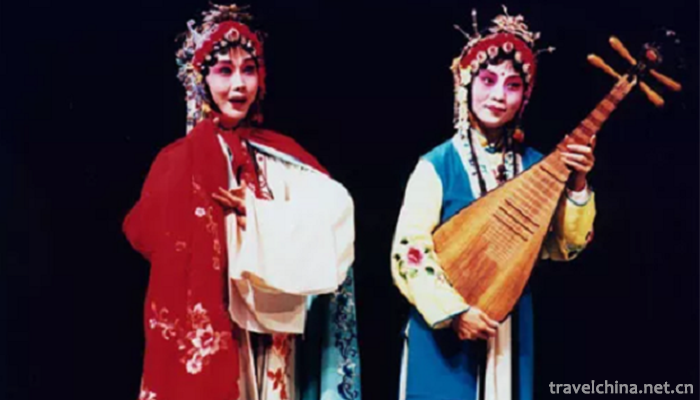
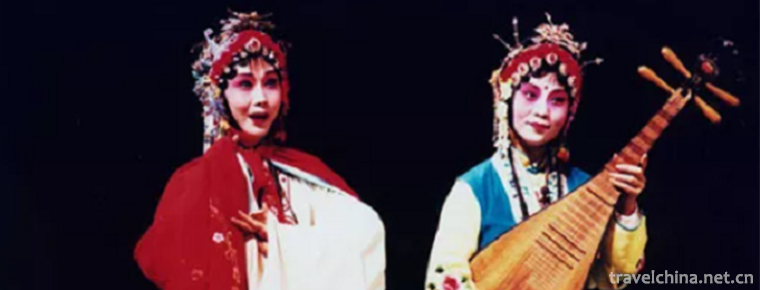
Soviet Opera
-
Drum Mountain
Gushan is located in the east of Jin'an District, Fuzhou City, Fujian Province, and on the North Bank of Minjiang River. It is about 8 kilometers away from the downtown area. It is one of the most fam
Views: 135 Time 2019-01-12 -
Guilin Yijiang Margin Scenic Spot
Guilin Yijiang Rim Scenic Spot is situated on the northwest tour line of Guilin with long corridor. It is 32 kilometers away from the urban area (321 National Highway Lingui Wutong Town Section).
Views: 350 Time 2019-01-13 -
Shangqiu Ancient Culture Tourist Area
Shangqiu Ancient Culture Tourist Area is located in Suiyang District of Shangqiu City. Based on Shangqiu Ancient City, the area of 12.6 square kilometers is covered by Guidefu City
Views: 128 Time 2019-02-08 -
Xishan Scenic Spot Suzhou
Xishan is the abbreviation of Xidongting Mountain. It is 11 kilometers wide in North and south, 15 kilometers long in East and west, and 79.8 square kilometers in area.
Views: 268 Time 2019-02-25 -
The Old Site of Zaoyuan Revolution
Zaoyuan is located 8 kilometers northwest of Yan'an City. It is a garden-like revolutionary memorial. There are many kinds of flowers, plants and trees growing in it. The scenery is beautiful and the
Views: 201 Time 2019-03-09 -
Hua Chao Opera
Huachao Opera, a local traditional drama in Zijin County, Guangdong Province, is one of the national intangible cultural heritage.
Views: 157 Time 2019-05-04 -
Shangdang Erhuang
Pihuangqiang in Shangdang area is called Shangdang Erhuang. It is an independent opera with a history of more than 200 years. Locals call it "Tu Erhuang". At present, Shangdang Erhuang is on
Views: 191 Time 2019-06-13 -
Brocade Weaving Skills of Tujia Nationality
Tujia brocade weaving process is complex, in weaving, using the ancient pure wooden waist inclined loom weaving, through spinning and twisting, dyeing, inverting, drawing, reed loading, rolling, picki
Views: 135 Time 2019-06-23 -
Yao Folk Songs
Yao folk song is a popular Yao folk song in Ruyuan Yao Autonomous County of Shaoguan City. Yao language is called "Saihua handle". It is translated into Chinese to mean "the language th
Views: 151 Time 2019-07-11 -
Lemon Honey Tea
Honey lemon tea is made of honey and lemon. It has many functions such as whitening, nourishing, lowering blood fat, clearing heat, detoxifying, moistening and drying. Lemon contains vitamin B1, vitam
Views: 378 Time 2020-03-16 -
Suining secondary industry
In 2019, the city's industrial added value will reach 49.158 billion yuan, an increase of 8.7%, contributing 50.7% to economic growth, and boosting economic growth by 4.1 percentage points. The number of Industrial Enterprises above Designated Size reached 573
Views: 364 Time 2020-12-16 -
Guangan scenic spot
By 2018, there are 24 A-level scenic spots in Guang'an City, of which Deng Xiaoping's hometown is a national 5A scenic spot, and six scenic spots, including Huaying Mountain tourist area, Shenlong mountain Ba Ren stone city, baozhensai, Tianyi Vall
Views: 350 Time 2020-12-19
